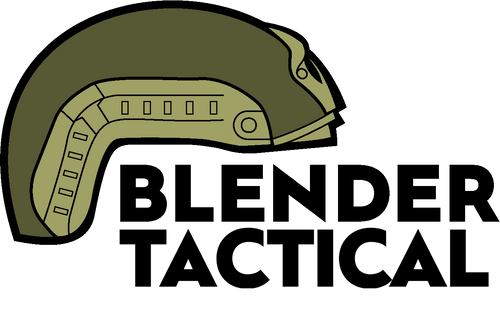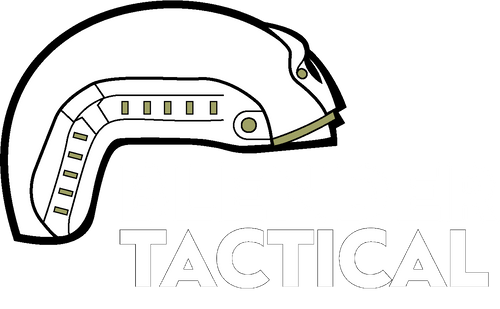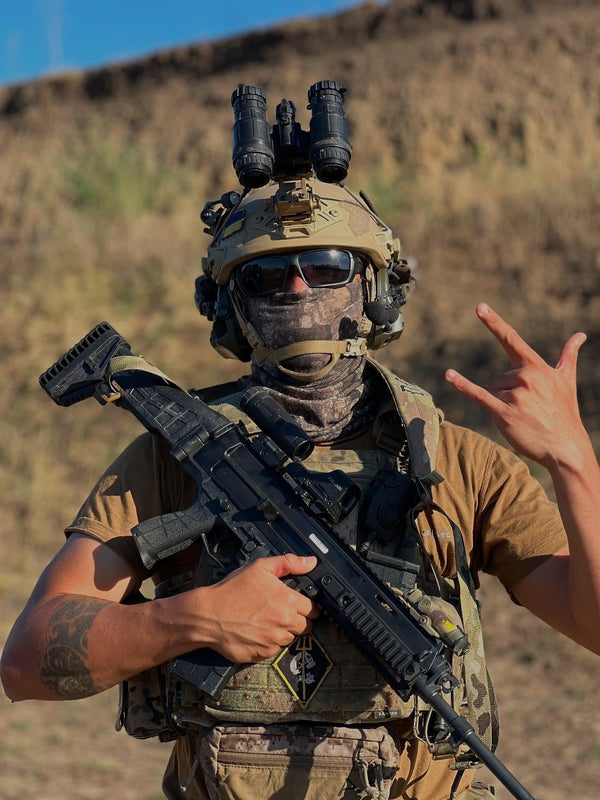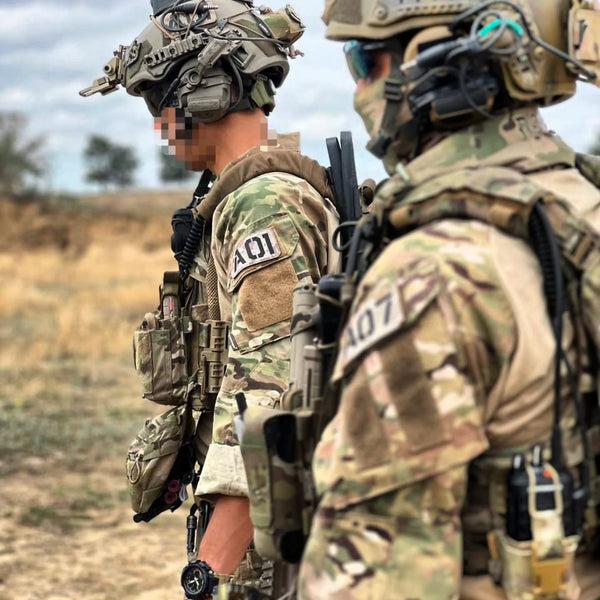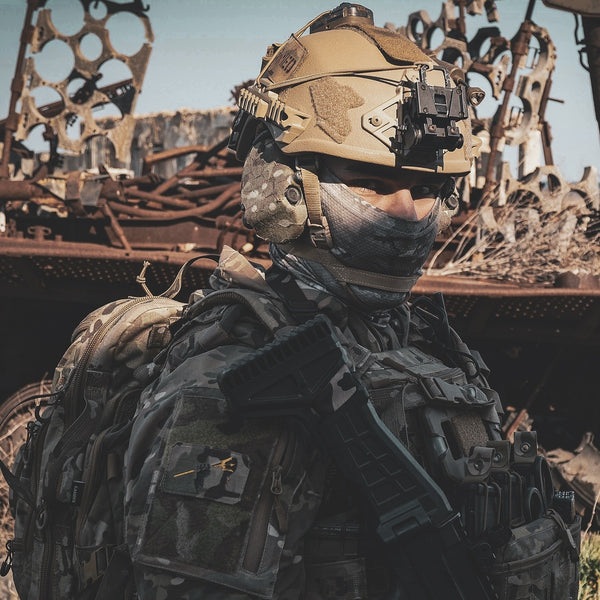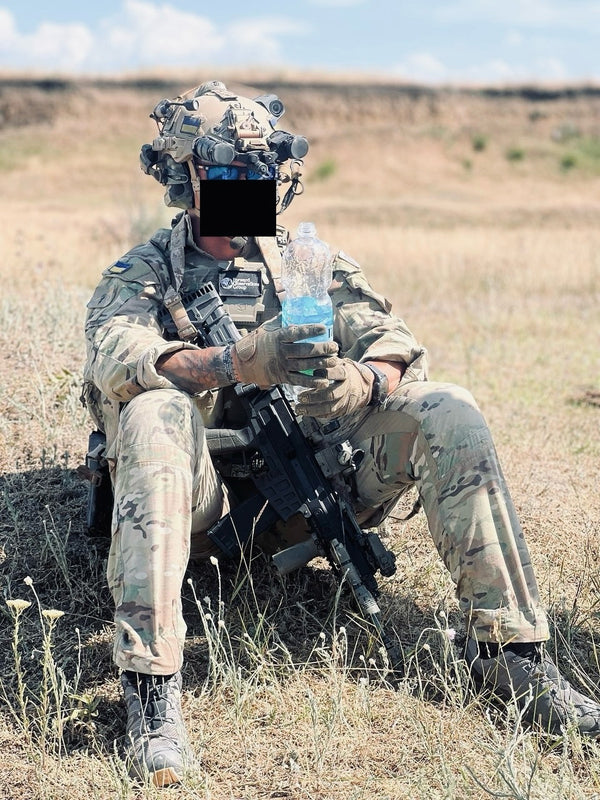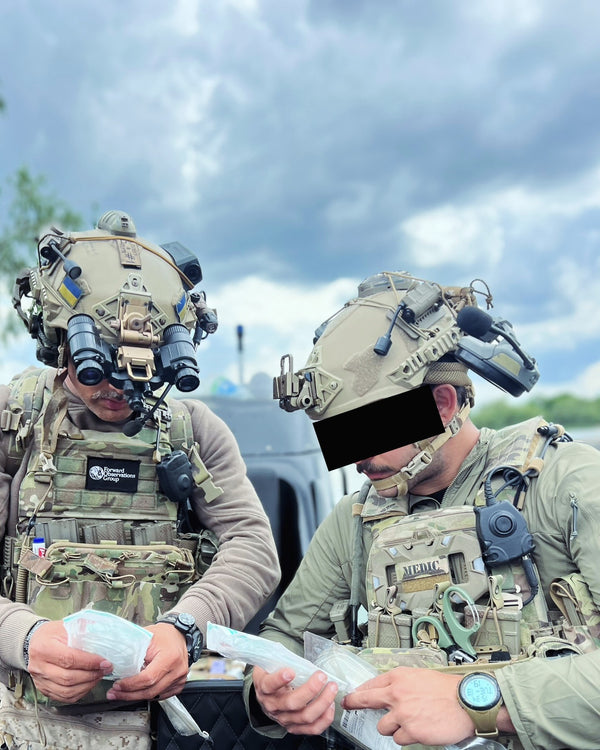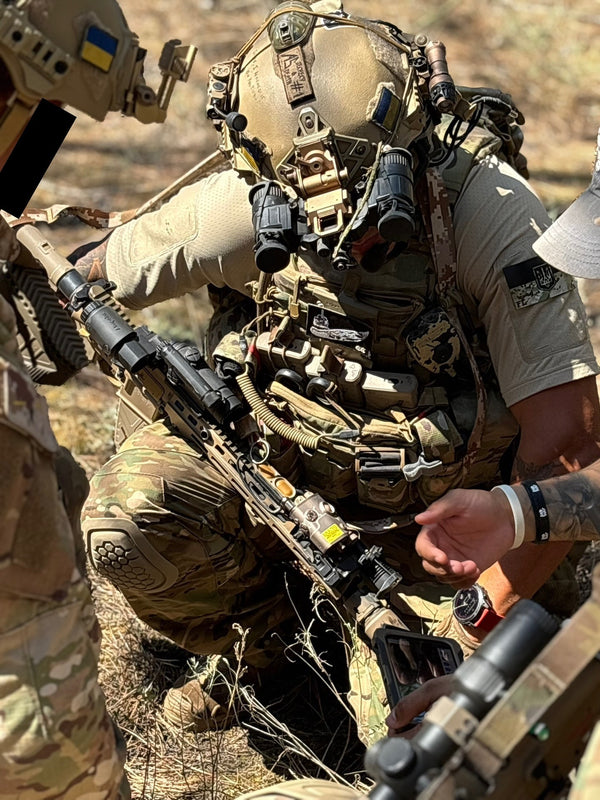Quick Overview: What is a ballistic helmet?
A ballistic helmet is a head protection system designed to stop or reduce trauma from bullets, fragmentation, and blunt impacts. Modern helmets combine impact-attenuating shells, ballistic fiber layers, retention systems, comfort pads, and accessory mounting points (rails, NVG shrouds, Velcro panels) to balance protection, weight, and mission flexibility.
Common questions people ask about ballistic helmets
Are cheap ballistic helmets safe?
“Cheap” is relative. A low-cost helmet may be attractive price-wise, but safety depends on certified ballistic performance, materials, and manufacturing quality. Before buying a budget helmet, check:
- Certification: Look for NIJ ratings or manufacturer test reports (e.g., NIJ STD 0106.01/0108.01) or military specs where applicable.
- Ballistic claims: V50 fragmentation values, backface deformation (BFD) figures, and the projectiles used for testing matter.
- Construction: High-quality fibers (aramid, UHMWPE), heat-curing processes, and consistent quality control make a real difference.
- Warranty & traceability: Reputable vendors provide test data, batch information, and after-sales support.
Bottom line: a cheap helmet without verifiable ballistic certifications or test data is a risk. Investing a bit more in a certified helmet ensures predictable protection.
What ballistic helmet accessories should I consider?
Accessories let you adapt the helmet to the mission. Common accessory categories include:
- Communications: Active hearing protection/headsets with ambient amplification and integrated mics for radios.
- Mounting: NVG shrouds and night-vision mounts for goggles and optics.
- Rails & adapters: Side rails for lights, headsets, cameras, and counterweights to balance optics.
- Lighting: Helmet lights with white/red/IR outputs and multiple modes (strobe, steady) for navigation and signaling.
- Covers & carriers: Cordura/MOLLE covers to change camouflage, add padding pockets, and carry batteries or counterweights.
- Comfort & retention: Adjustable pads, sweat-wicking fabrics, and advanced retention systems for a stable, personalized fit.
When choosing accessories, ensure they attach securely without compromising the helmet’s ballistic integrity or adding hazardous weak points.
Is there a rifle-rated ballistic helmet?
Rifle-rated helmets (designed to stop common rifle rounds) are rare. Most soft/laminate helmets are rated up to NIJ Level III-A, which protects against most handgun threats and fragmentation but not high-velocity rifle rounds. To defeat rifle threats, systems typically rely on hard armor plates or helmets built with very rigid materials that increase weight and bulk substantially.
Key points:
- NIJ Level III-A: Typical for advanced tactical helmets — great against handguns and fragments but not rifles.
- Rifle protection: Achieved via hard plates or special composite caps; these solutions are heavier and less common for routine dismounted use.
- Operational trade-offs: Increased protection vs. reduced mobility, added neck strain, and changes in buoyancy for maritime ops.
Where can I learn basic technical standards and terms (like V50, BFD, NIJ)?
Good starting points include official standards pages and reputable manufacturer test statements. Brief definitions:
- NIJ rating: National Institute of Justice standards for ballistic resistance (common for helmets and body armor).
- V50: Velocity at which 50% of fragment-simulating projectiles penetrate — used for fragmentation performance.
- BFD (Backface Deformation): How much the inside surface deforms after impact — critical for blunt trauma assessment.
When comparing helmets, ask the seller for the exact test conditions and projectiles used; not all numbers are directly comparable unless testing methodology matches.
What is an HHV helmet cover and why does it matter?
The term HHV can refer to high-visibility or specialized covers used to adapt a helmet for specific operational needs. More commonly, helmet covers are described by material and features (e.g., Cordura 500D covers, MOLLE panels, Velcro areas, counterweight pockets). Good covers provide:
- Camouflage or high-visibility options depending on mission.
- Attachment points for patches and small accessories.
- Pockets for battery packs or counterweights to balance mounted NVGs or other gear.
- Durability and water resistance while keeping weight low.
Choosing the right cover can improve helmet ergonomics and accessory compatibility without changing ballistic performance.
Putting it together: choosing the right setup
Start with your protection requirement (NIJ level, fragment protection) and mission profile (patrol, CQB, vehicle crew, maritime). Consider these practical steps:
- Verify ballistic certification and test data.
- Prioritize a good fit and retention system — a helmet that moves is a helmet that fails to protect.
- Balance weight versus protection — heavier helmets often mean better protection but more fatigue.
- Pick modular accessories (rails, NVG mounts, comms) that can be added or removed as needed.
- Factor in maintenance: cleaning, pad replacement, and battery access for powered accessories.
For users seeking a complete, certified kit that combines a NIJ Level III-A helmet shell with integrated rails, active headphones, rail adapters, a tactical light, and a Cordura tactical cover (MOLLE + Velcro + pockets), consider
.Quick checklist before you buy
- Do you have verifiable ballistic test results? (NIJ or equivalent)
- Does the helmet fit securely with a retention system and comfort pads?
- Are the accessory mount points (rails, shroud) compatible with your gear?
- Is the total system weight acceptable for mission duration?
- Does the seller provide warranty and traceability information?
Final tips
Take time to try a helmet on with the gear you plan to use (headset, NVG, optic). Balance protection, comfort, and modularity. Certifications and reputable vendors matter more than low price tags. When in doubt, prioritize certified ballistic performance and a fit that keeps the helmet stable under dynamic movement.
